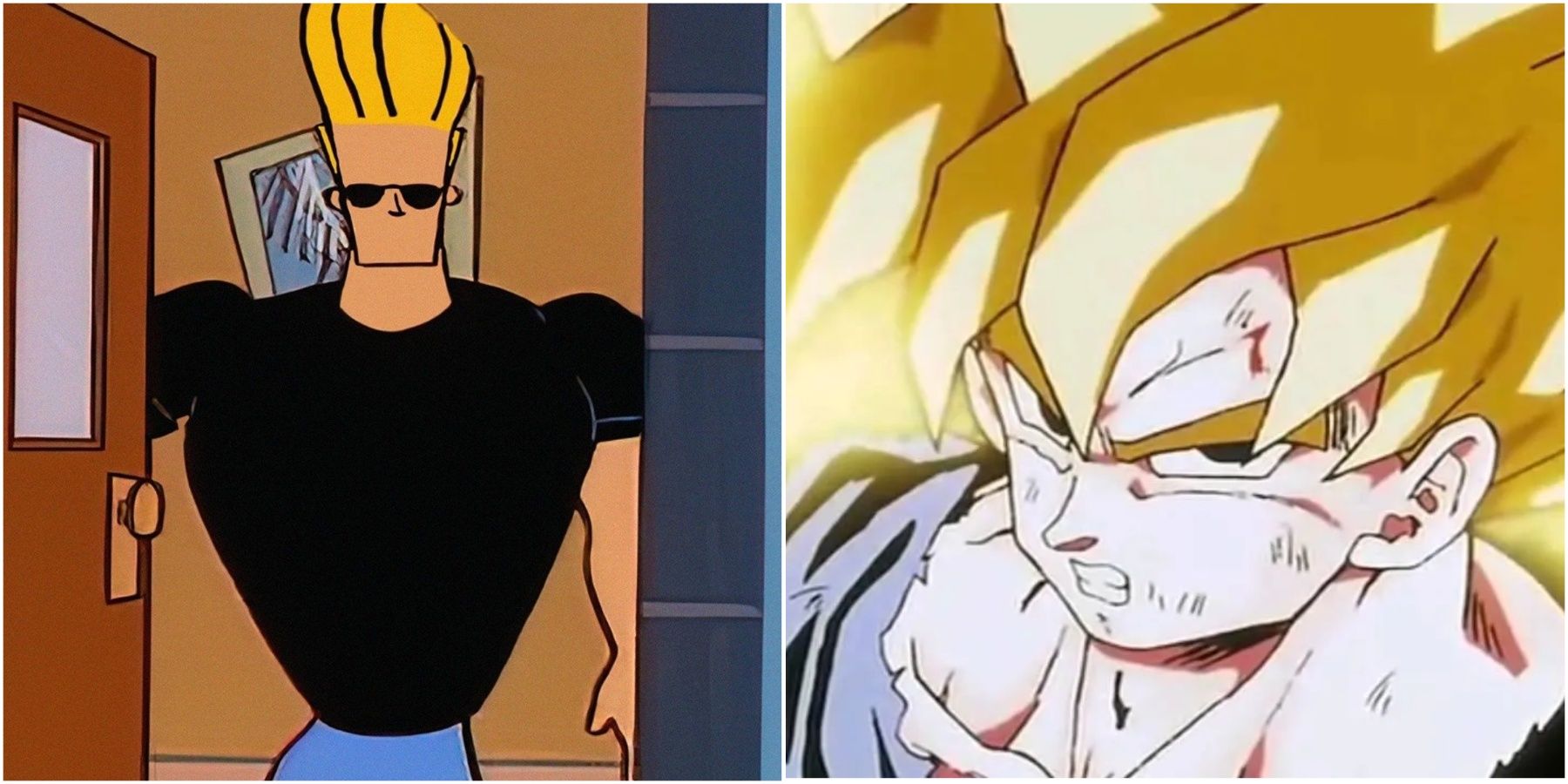
The Ultimate Dragon Ball Z Home Release Guide: A Comprehensive Review for Fans

Unlock the ultimate Dragon Ball Z experience with this indispensable YouTube guide! Discover the best home releases, expert reviews, and exclusive insights to elevate your DBZ collection A must-have for passionate fans seeking the perfect boxset
Funimation, despite Dragon Ball Z's immense popularity, has consistently failed to deliver a satisfactory version of the anime series for fans to purchase. Recently, YouTuber Totally Not Mark unveiled the numerous issues plaguing each of the DBZ box sets released throughout the years. Rather than examining the content within each version, the video sheds light on the unfortunate abundance of problems present in every set. From subpar audio quality to cropped visuals and questionable color corrections, these flaws have ultimately altered the intended viewing experience of Dragon Ball Z.
Since its initial introduction in the late 1990s, Dragon Ball Z has undergone various packaging and distribution methods in the United States. With releases on VHS, DVD, and Blu-Ray, each iteration has exhibited notable discrepancies in both video and audio quality. Regardless of which version fans opt to purchase, the episodes they watch will undoubtedly differ from their cherished memories of viewing the series on television. While this predicament would be disheartening for any show, it is particularly frustrating for Dragon Ball Z, which holds the status of being one of the most iconic anime series of all time.
YouTuber Totally Not Mark and his skilled team of editors have unveiled the flaws in Dragon Ball Z's home releases. Every box set has been evaluated based on its Visual Fidelity, Colours, Audio, and Availability. Several releases offer both English and Japanese audio tracks, with or without the electric guitar-heavy English dub score by Bruce Faulconer. However, faithfully adapting the visuals of this beloved series has proven to be the most challenging aspect.
DBZ's Orange Bricks Sold The Best But Look The Worst
The original master copy of the DBZ series was initially created on film with a 4:3 aspect ratio to match the televisions it was designed for. However, with the advent of newer 16:9 widescreen TVs, the image had to be adjusted to fit the screen by zooming in and removing the top and bottom portions of the anime image. Unfortunately, only a few home releases include the original 4:3 format, depriving viewers of approximately 20% of the image that the show's creators intended to be visible.
The aging DBZ master copy must also address the issue of film degradation over time. In recent releases, attempts have been made to combat the muted colors of the original film copy by color-correcting the fading images. However, raising the contrast levels too high often results in an image that looks blown out or overly bright. This highlights how much the film stock has deteriorated, with colors and details fading and scenes no longer matching the intended color direction.
Mark and his team emphasize the need for a home release of the beloved Dragon Ball Z series that more closely aligns with the original creators' vision. Despite its 291 episodes, the fan base has significantly grown, thanks to Dragon Ball Super's contribution in revitalizing the franchise and attracting new fans. Both new and old viewers deserve a home release of DBZ that stays true to its initial release, maintaining a 4:3 aspect ratio without cropping or excessive saturation. Hopefully, Funimation will heed the suggestions put forth by Totally Not Mark and release a box set that truly reflects the popularity and reputation of Dragon Ball Z.
Source: Totally Not Mark/YouTube














